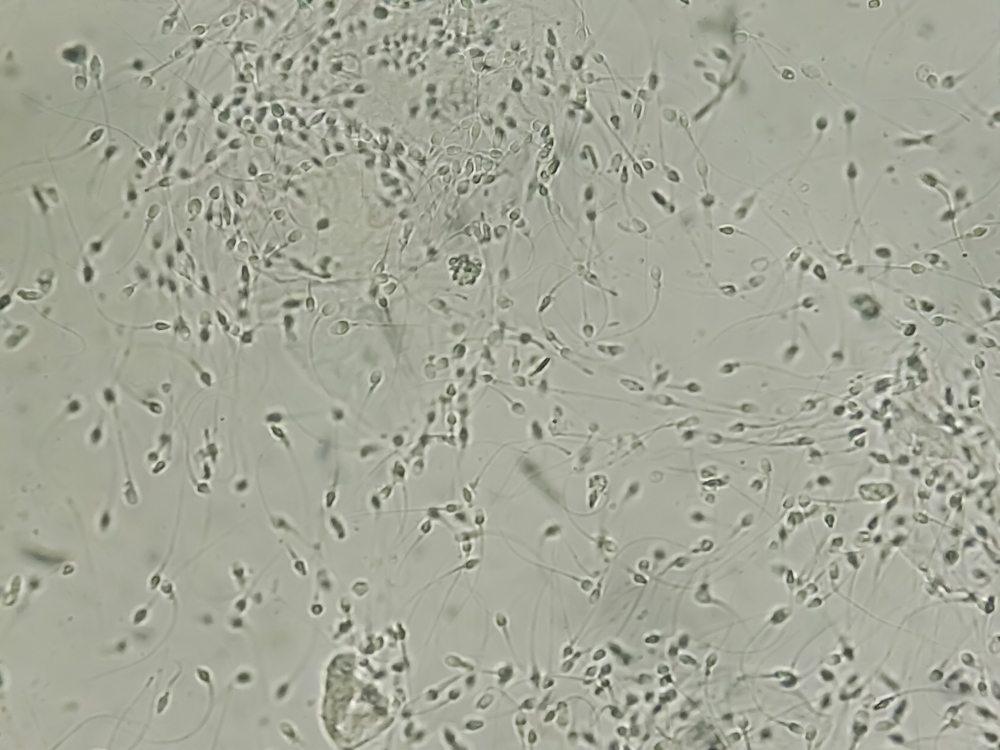Scientists have discovered that sperm defies Newton’s Third Law of Motion, challenging long-held principles of physics. This law states that “for every action, there is an equal and opposite reaction,” but researchers at Kyoto University found that sperm move through fluid without experiencing the expected resistance.
Led by mathematical scientist Kenta Ishimoto, the team analyzed human sperm and green algae, both of which use flagella to propel themselves. Instead of being slowed down by opposing forces, sperm tails exhibit an “odd elasticity” that allows them to whip around and conserve energy. Researchers introduced the term “odd elastic modulus” to describe this unusual internal mechanism.

The discovery has significant implications beyond reproductive biology. Understanding how sperm move efficiently in fluid could help in designing self-assembling microscopic robots that mimic biological movement. Scientists also believe this research could shed light on broader principles of motion in biological systems.
While the findings are groundbreaking, they are just the beginning. Future research will focus on applying these principles to robotics, fluid dynamics, and medical advancements, pushing the boundaries of what we know about movement at a microscopic level.
Image Credits: Shutterstock




